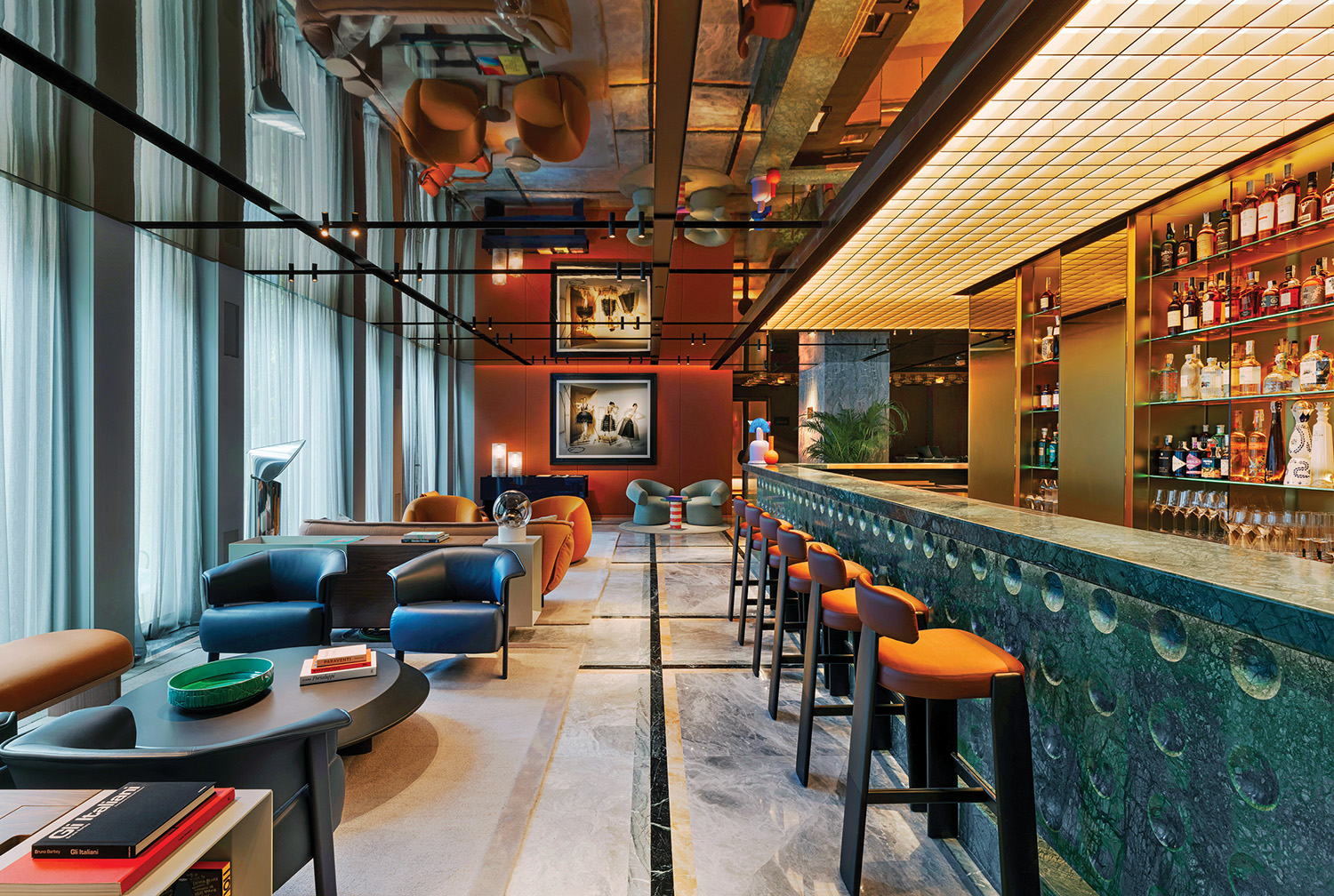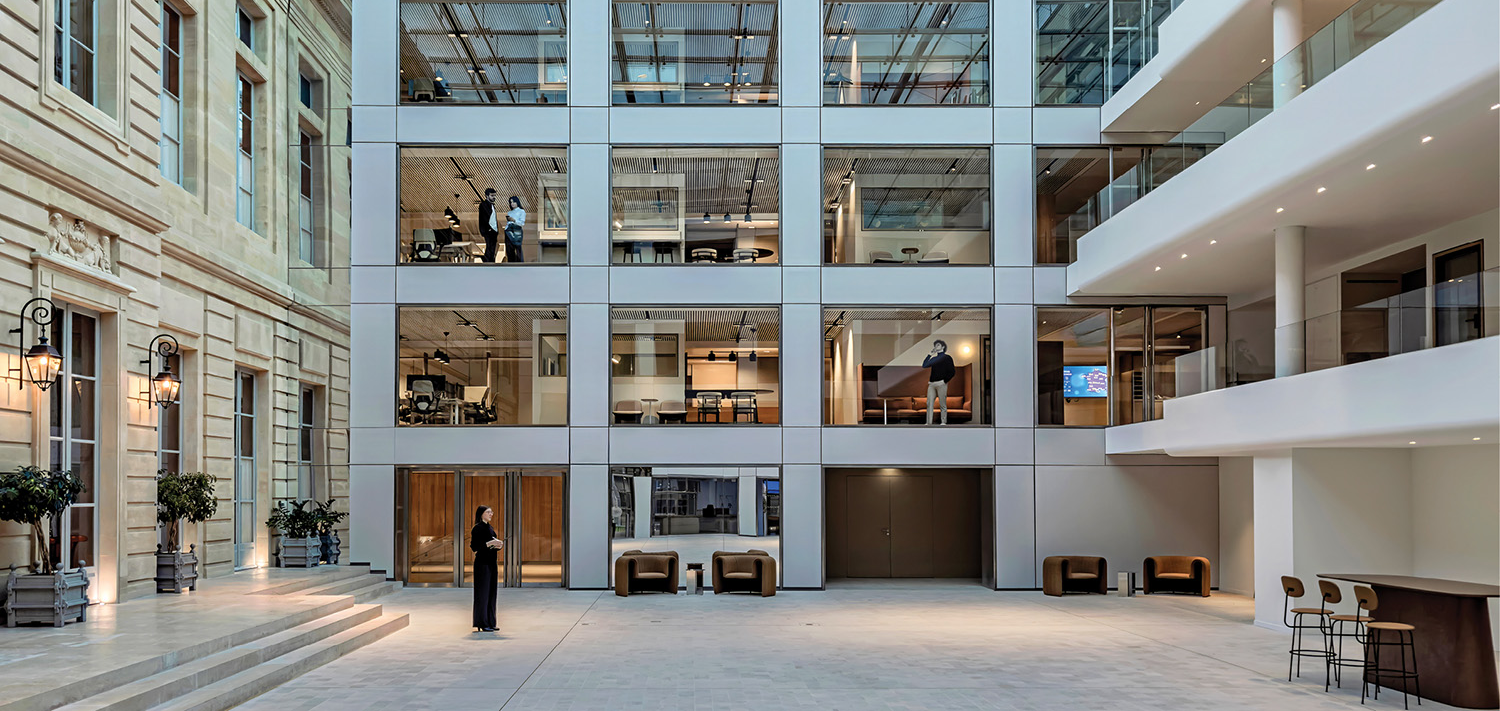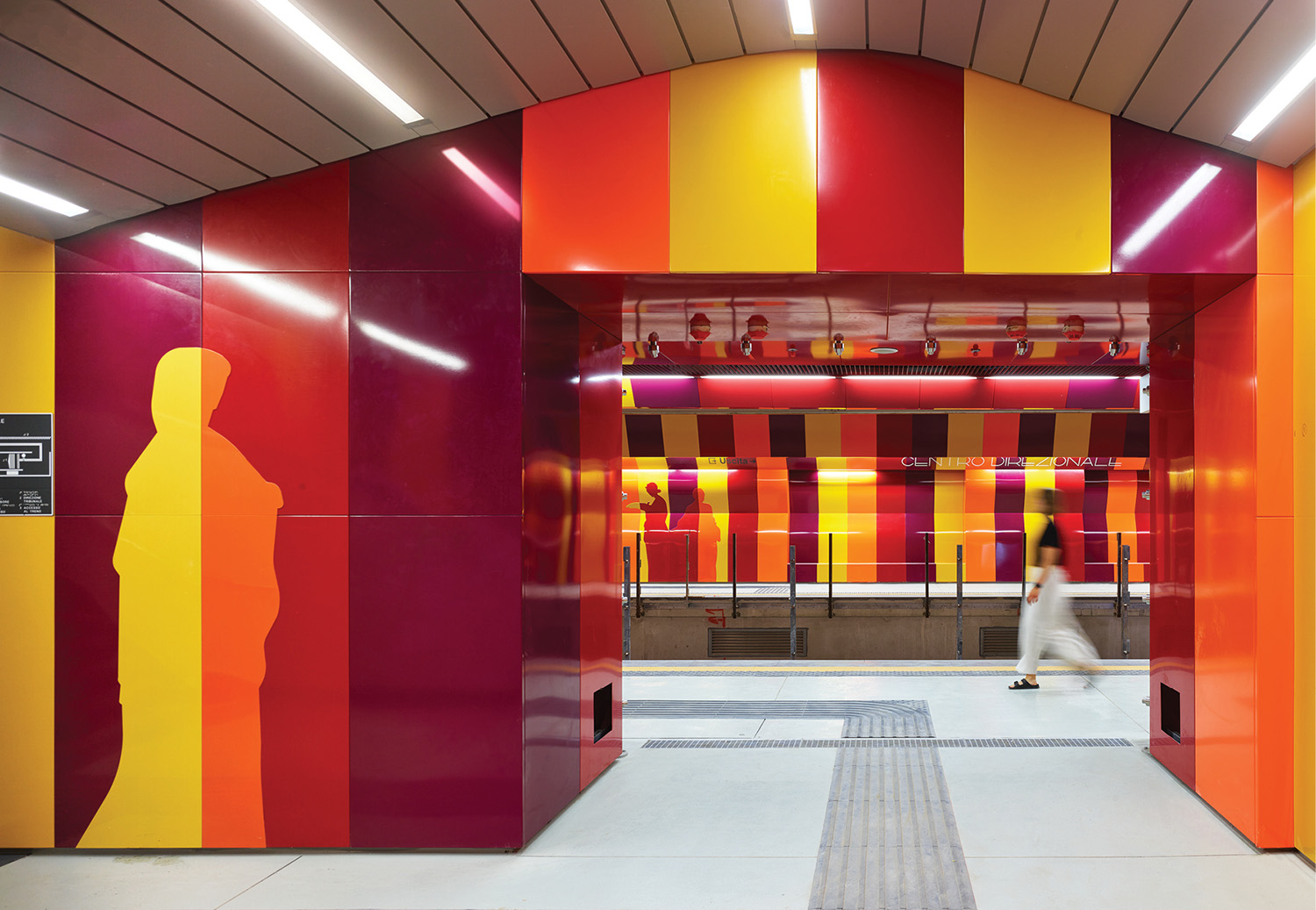Out of The Box: Chick-Fil-A’s Got a New Incubator
Chick-Fil-A’s got a new incubator. Not for eggs. The family-owned fast-food chain, known for its boneless breast-of-chicken sandwich, asked Smallwood, Reynolds, Stewart, Stewart & Associates to transform a decade-old concrete warehouse in Atlanta into a hub of innovation nicknamed Hatch. This is where the company’s team of 20 architects and graphic designers tests and launches ideas, be they for entire restaurants or individual menu items.
The client connection dates back to 1980 for Smallwood, Reynolds, Stewart, Stewart & Associates. That’s when the firm built Chick-Fil-A’s corporate campus, two low-rise buildings on 72 parklike acres. Interiors were befitting of the era: a combination of cubicles and private offices. “We reconfigured those spaces over the years, until there was just no more room,” design associate Jack Pruitt begins. The warehouse across the street, however, had plenty, 81,000 square feet—inviting a seismic shift in corporate culture. “Designing a rough, intentionally imperfect environment for collaboration opened up a whole new world for the employees,” Pruitt continues. The unfinished aspects would encourage taking risks and getting messy.
Which certainly isn’t to say that the design itself is sloppy. Pruitt and project manager Amanda Wing masterminded every detail, down to graphics developed with two consultants. It’s through the cheeky graphics that function zones are identified: Incubator, Nest, Feeder, Pen, and Coop. Artistic elements were part of the program, too. Visible from reception, an installation of red cardboard boxes explodes across a wall, while a series of large arrows painted in primary colors looks like it could be an Ellsworth Kelly. Chick-Fil-A even got the Savannah College of Art and Design involved for a Georgia tie-in. SCAD’s contribution to Hatch came in conceptual form: A pair of giant bird’s nests anchor one end of the café, aka the Feeder—their tangled twigs fitting in well with the reclaimed barn wood used for paneling and tabletops.
Barn wood is among the recurring elements introduced in reception, where planks compose the impressive canopy over the desk and the paneling behind. Flooring of scored and sealed concrete appears here first, as does the motif of arrows. Symbolizing innovation, they morph through various shapes and colors on a bank of eight video monitors mounted on the angled wall where reception proper transitions into the main circulation path used both by Chick-Fil-A executives, eager to catch up on the latest endeavor, and by visiting corporate groups, curious to gain insight into the company. A few steps farther along this route, a?mixed-media installation defines the Way We Innovate with the help of text that crosses the floor and climbs a wall to reach more arrows, in a rainbow of matching colors.
Each end of the warehouse contains operations-related zones, including two working kitchens. In between, function areas are roughly mapped out by frosted-acrylic dividers and storefront systems and emphasized by suspended canopies with acoustical properties. Center-stage sits a full restaurant mock-up, complete with drive-through window. (Bikes are?the drive-through vehicles of choice.) It’s flanked by the design studio, the Pen for short, and an office area, the Coop. The latter combines private offices with meeting rooms and a benching system that’s primarily for personnel crossing over from the main campus. Ad hoc brainstorming sessions take place not in a standard break-out area but in the Incubator, all 8,000 square feet of it. Set up with chairs and tables on casters, it’s eminently flexible. And the message is clear: The word lead is spelled out in 4-foot-high freestanding capital letters surfaced in Coca-Cola bottle caps and pieces of cans—an apt choice, this being Coke’s hometown.
Recycling a few cans for artistic purposes is one thing. Chick-Fil-A puts its restaurant re-cycling efforts in the spotlight at the nexus of the Incubator, the Coop, and the drive-through—approximately halfway through the tour loop. A display built from wooden packing crates, stacked 10 feet high, proclaims “Environmental Stewardship” in red paint, while individual crates hold paper or Styrofoam from cups. For commentary, text on a backlit side panel explains how the company hopes to divert 140,000 cups a year from landfill. If anyone asks, no, Hatch is not LEED-certified. However, its upcoming companion piece, an adjacent warehouse being converted by Smallwood, Reynolds, Stewart, Stewart, is aiming for Silver or Gold status. The new facility will be dedicated to food experimentation—a tasty accompaniment.
Project Team
Howard Stewart; Craig Nixon; Jamie Case; Lindsey Morris; Stephen Dubberly; Jeffrey Miller; Joseph Stryker: Smallwood, Reynolds, Stewart, Stewart & Associates. Matchstic; Orange Sparkle Ball: Graphics Consultants. Stanley D. Lindsey and Associates; Pes Structural Engineers: Structural Engineers. Mckenney’s: Mechanical Engineer. Conway & Owen: Electrical, Plumbing Engineer. Glass Graphics: Glasswork. Choate Construction; J.E. Dunn Construction Group: General Contractors.


